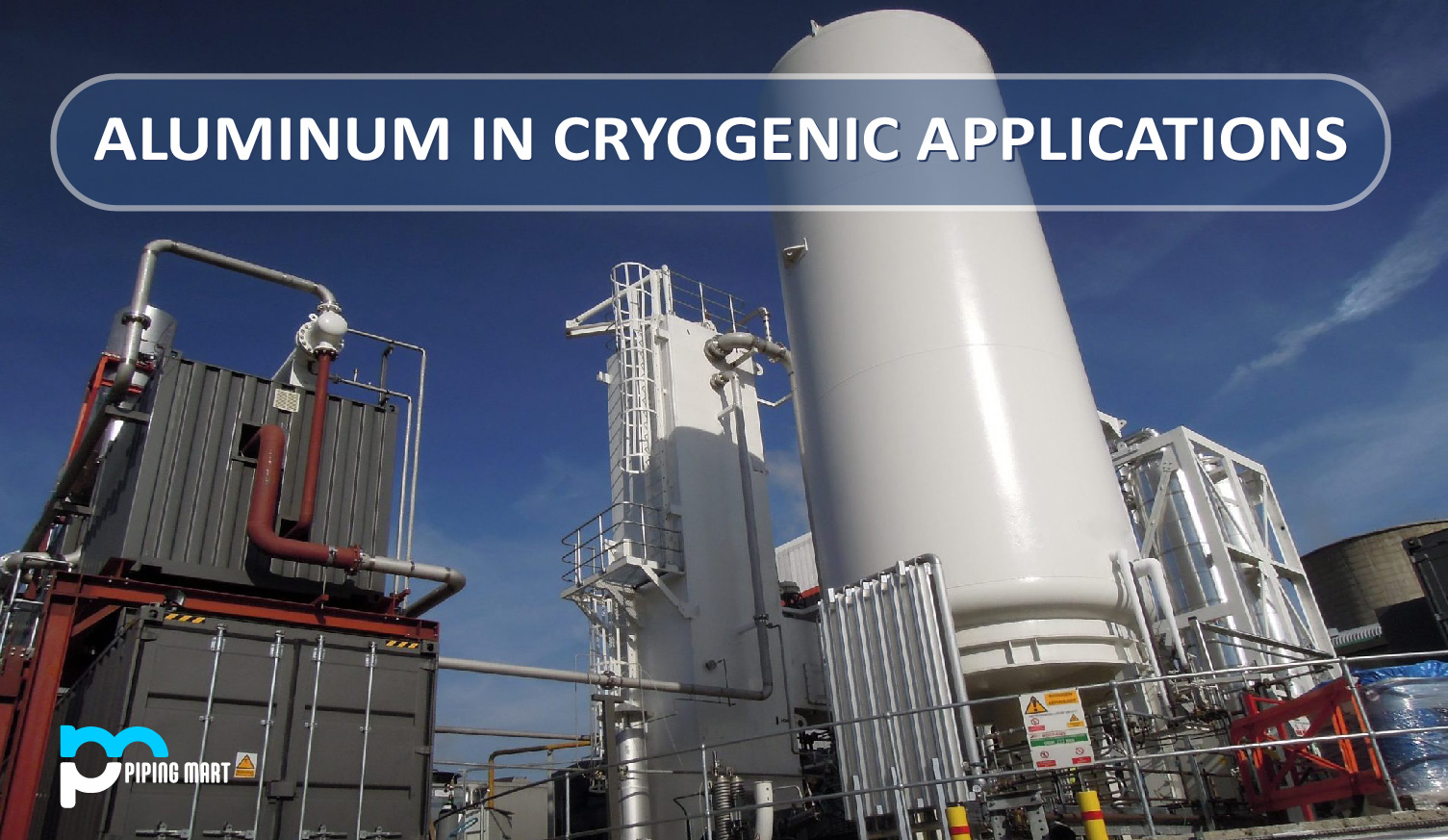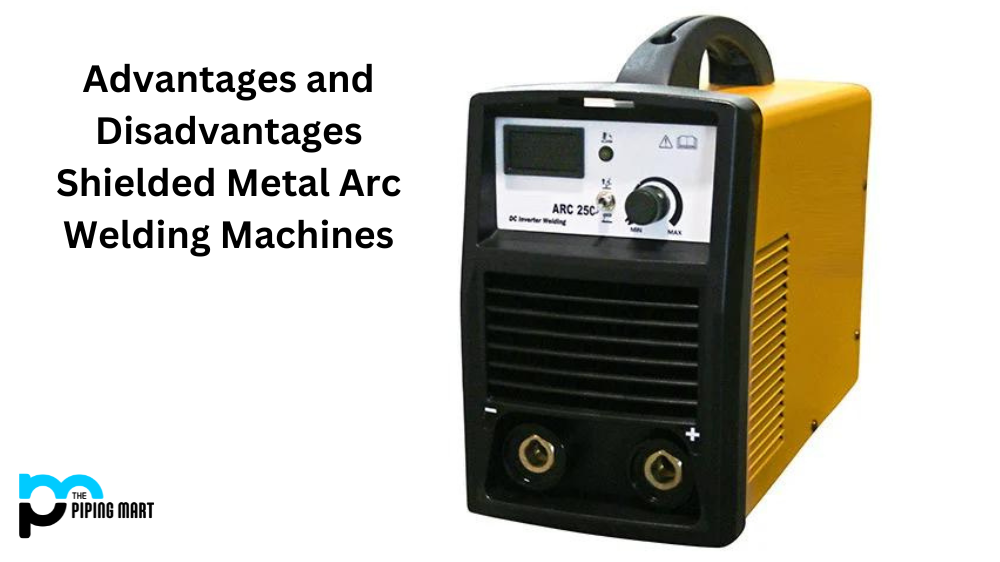What Is Cryogenics?
Cryogenics, in its most basic form, is the production and behavior of materials at extremely low temperatures. However, there is no clearly defined line between refrigeration and cryogenics. The difference can be measured in terms of gas. Cryogenic gases are those that can be liquefied at temperatures of 150 °C or lower.
Another determination is based on the National Institute of Standards and Technology, which considers the cryogenics threshold to be 180 °C because all permanent gases (including hydrogen, helium, nitrogen, and oxygen) have a lower boiling point than this. However, common refrigerants (such as Freon and hydrocarbons) have boiling points that are higher than this.
How Are Cryogenic Temperatures Impactful on Aluminum?
When it comes to temperature fluctuations, aluminum has less variation from hot to cold than other metals such as steel. This means that aluminum is more stable in extreme temperature environments. Extreme cold temperatures continue to have an impact on aluminum, and it is critical to understand how your application will perform when exposed to a cryogenic environment.
Alloy 6061 is another alloy that could be used in cold temperatures. It has good fracture toughness in extreme cold, but not as good yield strength as some other options, such as 5083. Another option is alloy 7039, which is a weldable alloy that has good strength and fracture toughness. At subzero temperatures, both 2024 and 2124 have comparable tensile properties, but 2124 has a higher purity base, which leads to improved fracture toughness.
What aluminum alloys are the most commonly used in cryogenic applications?
For the reasons stated above, alloy 5083 is the most common choice for extreme cold scenarios. When this alloy is cooled to -195°C, it gains 40% more ultimate tensile strength and 10% more yield strength. At such temperatures, Alloy 5083 also has excellent fracture toughness.
Alloy 6061 is another alloy that could be used in cold temperatures. It has good fracture toughness in extreme cold but not as good yield strength as some other options, such as 5083. Another option is alloy 7039, which is a weldable alloy that has good strength and fracture toughness. At subzero temperatures, both 2024 and 2124 have comparable tensile properties, but 2124 has a higher purity base, which leads to improved fracture toughness.
Aluminum For Superconductors
Superconductivity is the property of certain substances to have zero electrical resistance at extremely cold temperatures. A superconductor, in other words, is a material that can conduct electricity and allow an electric current to flow without resistance at low temperatures. As they cool, such materials may repel magnetic fields (this is known as the Meissner Effect). Because superconductivity is a result of quantum mechanics, it occurs at the atomic and subatomic levels. It has become an important component of computing technology, and materials that can be used as superconductors are in high demand.
Aluminum is a superconductor. It has a superconducting critical temperature of 1.2 kelvin (which is colder than space!). as well as a critical magnetic field of approximately 100 gausses.
Superconductivity has already enabled several applications, and the number of potential research areas continues to grow. MRI machines, NMR machines, high-speed maglev trains, super-fast digital circuits, low-loss power cables, RF and microwave filters found in mobile phone base stations, railgun and coilgun magnets, and electrical motors and generators are some well-known examples.

Pipingmart is B2B portal specializes in industrial, metal and piping products. Also, share latest information and news related to products, materials and different types grades to help business dealing in this industry.




